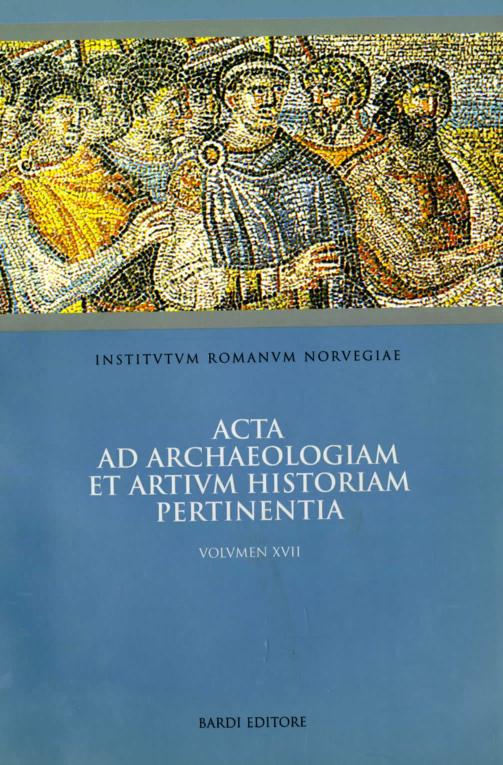The Roman Elite from Constantine to Charlemagne
DOI:
https://doi.org/10.5617/acta.5687Sammendrag
The Roman elite in the early fourth century comprised a landholding aristocracy that was deeply conscious of its status and privileges, anxious to preserve its distinctive culture, closely connected to the imperial court and often in possession of high office in the empire. In the five centuries that elapsed between Constantine and Charlemagne, the qualities and characteristics that defined the Roman elite changed dramatically in some ways and changed very little in other ways. By 800 the elite still held high office, but now almost exclusively in the church. The elite still valued rank and status but they were defined less by traditional Roman marks of distinction than by clerical office. If adherence to Rome’s classical culture marked the elite at one time, then devotion to the city’s Christian past marked it in another time. Landholding remained a constant but the scale of landed wealth declined over time. The great engines of change were the division of the empire and the disappearance of the western imperial regime; a series of wars – Gothic and Lombard, especially; the emergence and failure of a Byzantine administration around Rome; the Frankish presence in Italy; and the clericalization of Roman high culture.
Hvordan referere
Utgave
Seksjon
Lisens

This work is licensed under a Creative Commons Attribution-NonCommercial 4.0 International License.
Authors who publish with this journal agree to the following terms:
- Authors retain copyright and grant the journal right of first publication with the work simultaneously licensed under a Creative Commons Attribution License that allows others to share the work with an acknowledgment of the work's authorship and initial publication in this journal.
- Authors are able to enter into separate, additional contractual arrangements for the non-exclusive distribution of the journal's published version of the work (e.g., post it to an institutional repository or publish it in a book), with an acknowledgement of its initial publication in this journal.
- Authors are permitted and encouraged to post their work online (e.g., in institutional repositories or on their website) prior to and during the submission process, as it can lead to productive exchanges, as well as earlier and greater citation of published work (See The Effect of Open Access).





